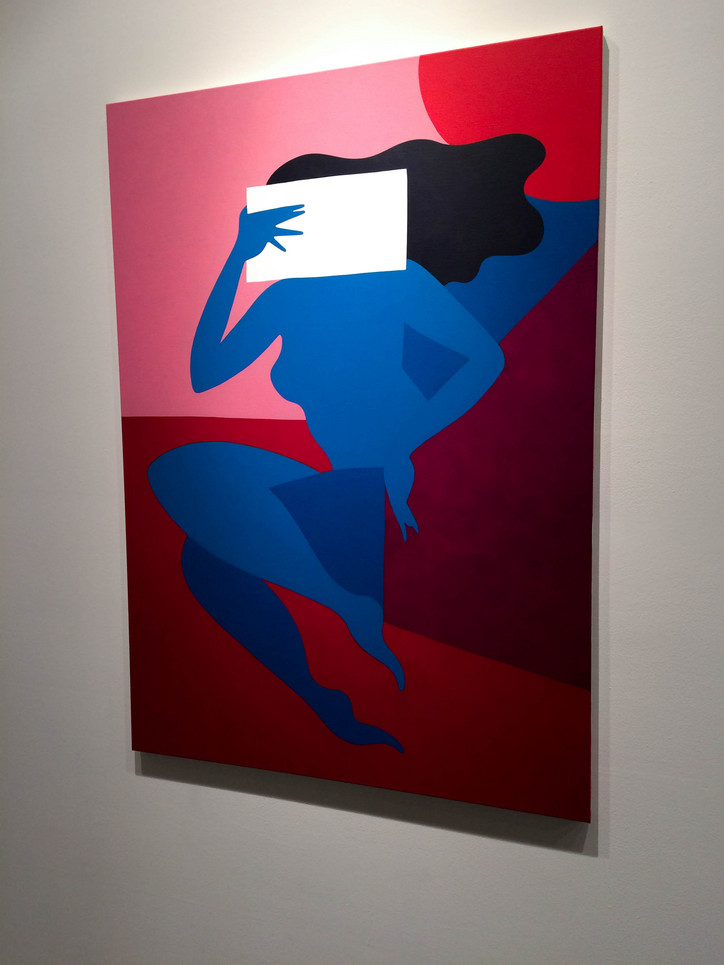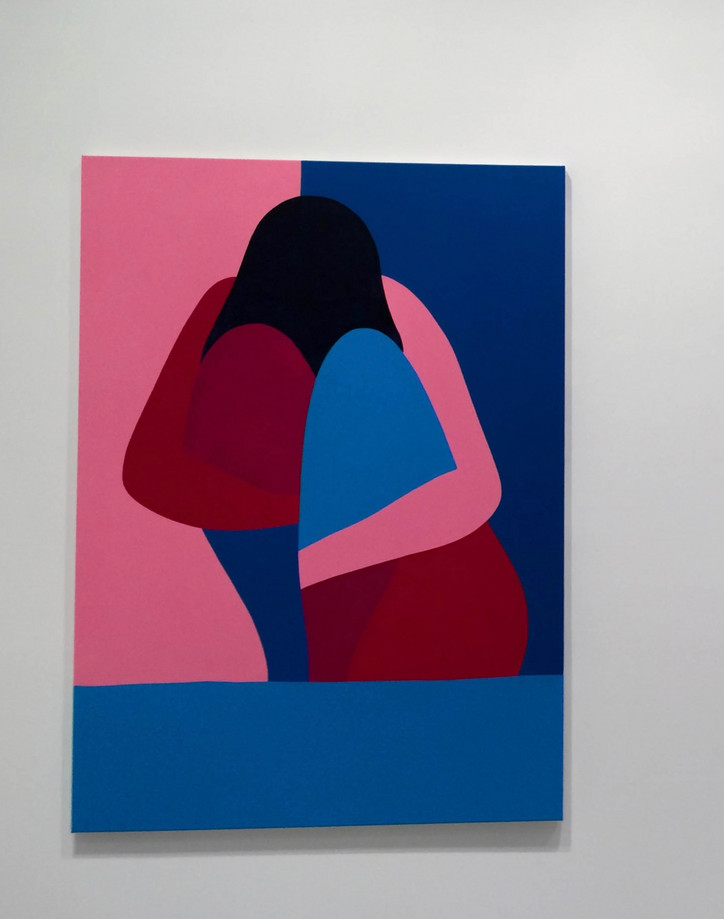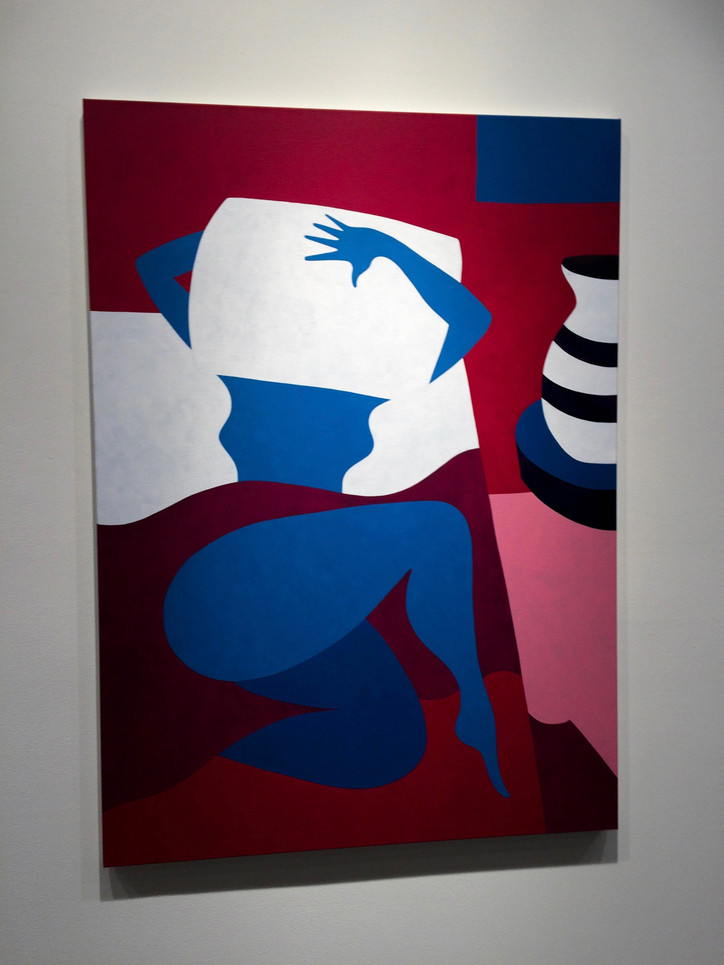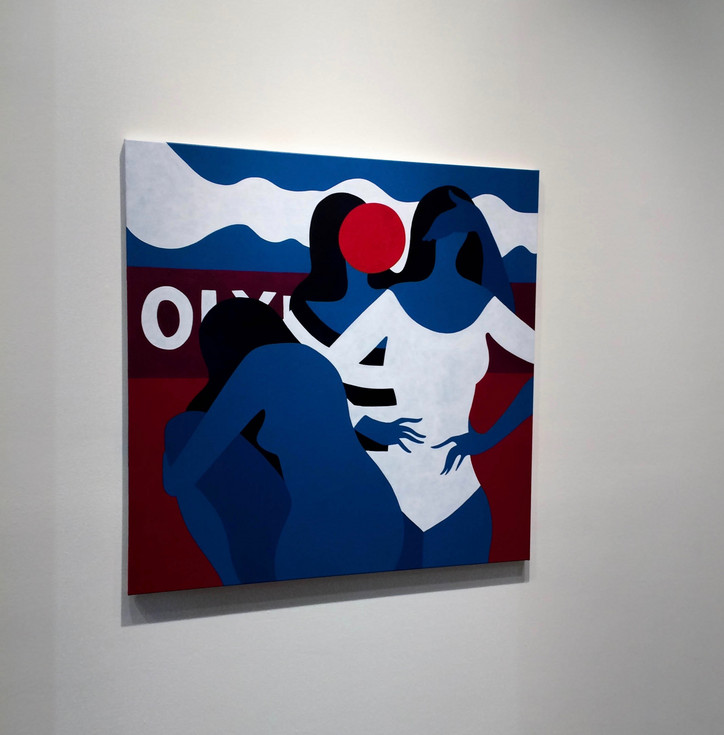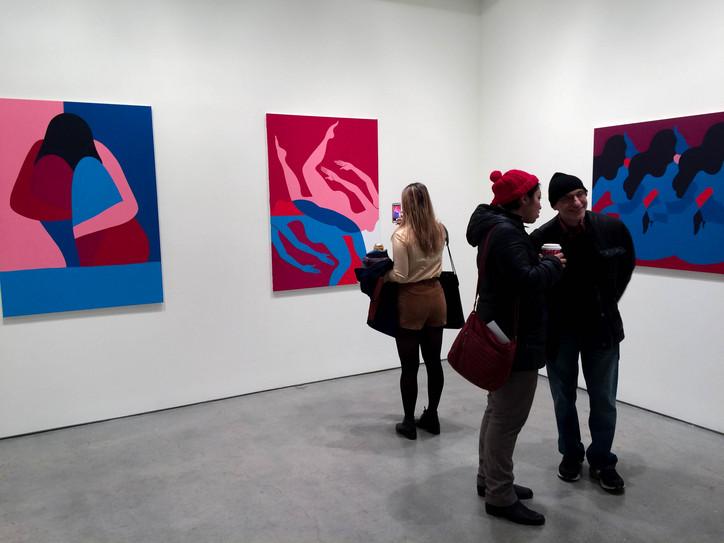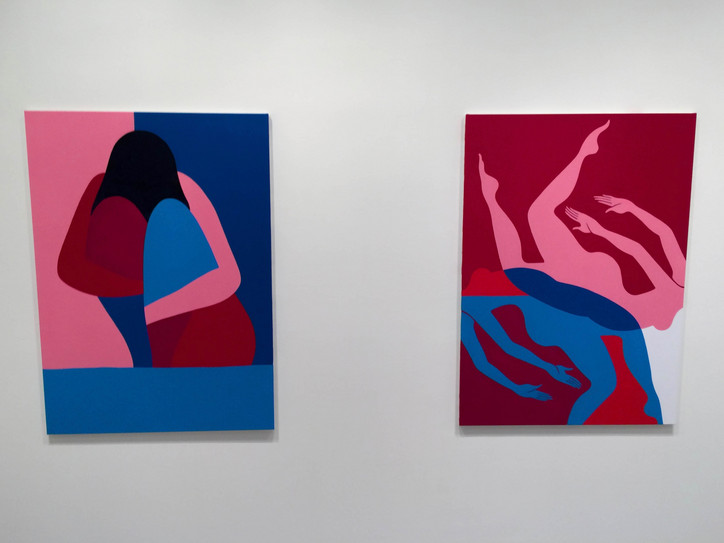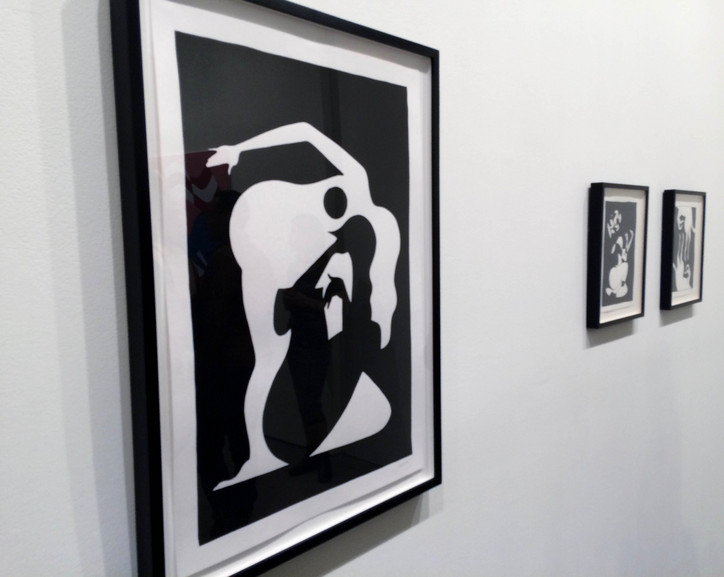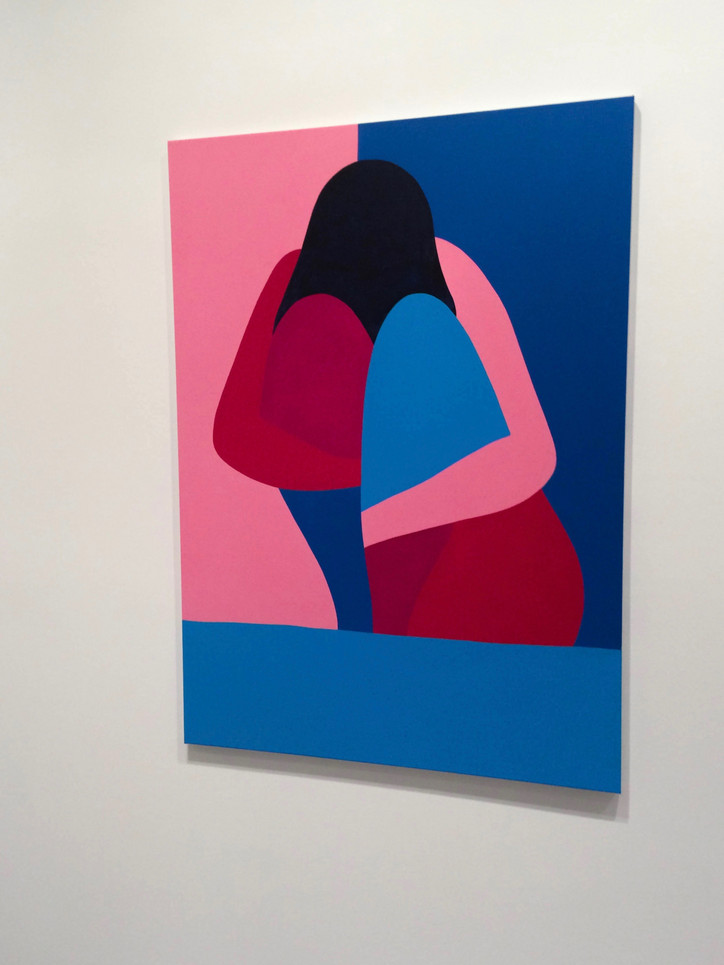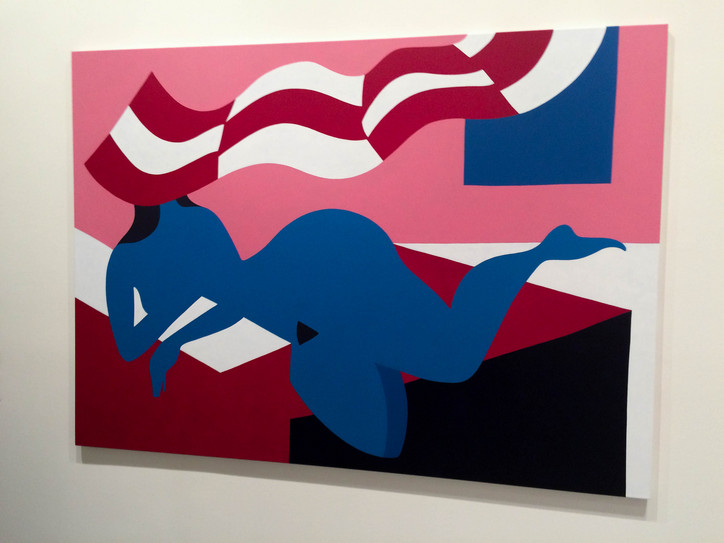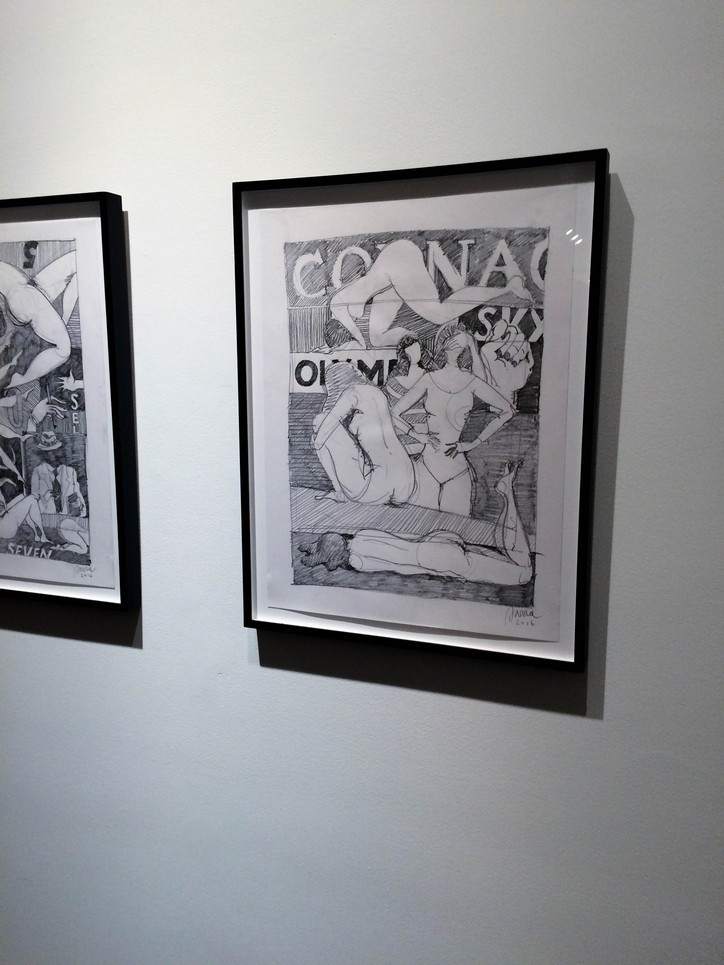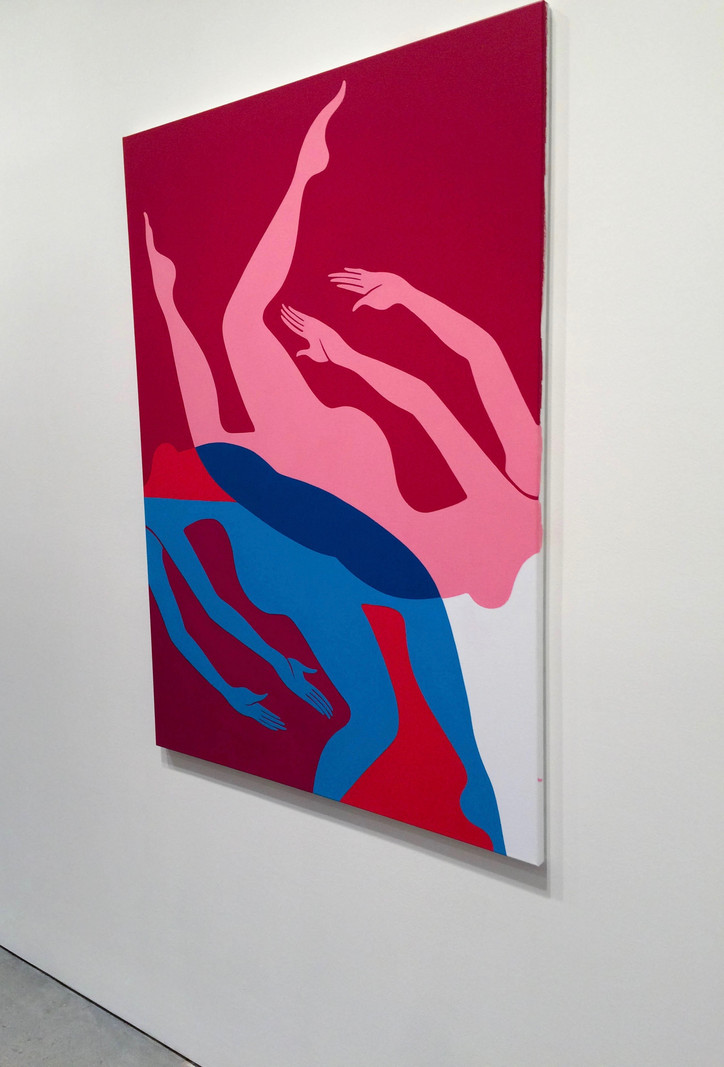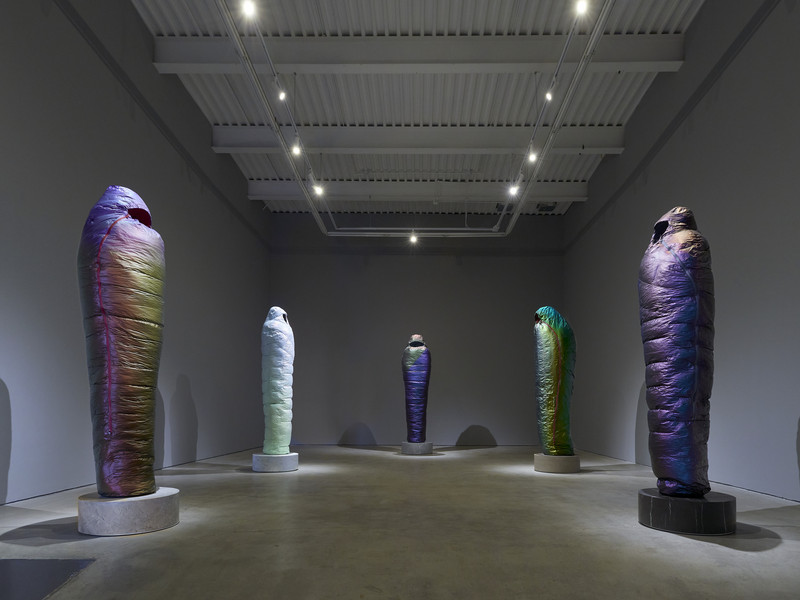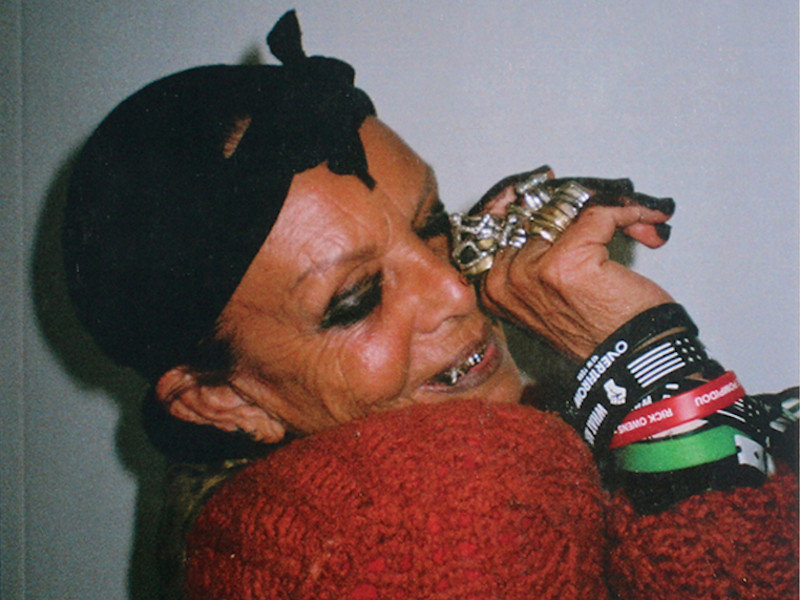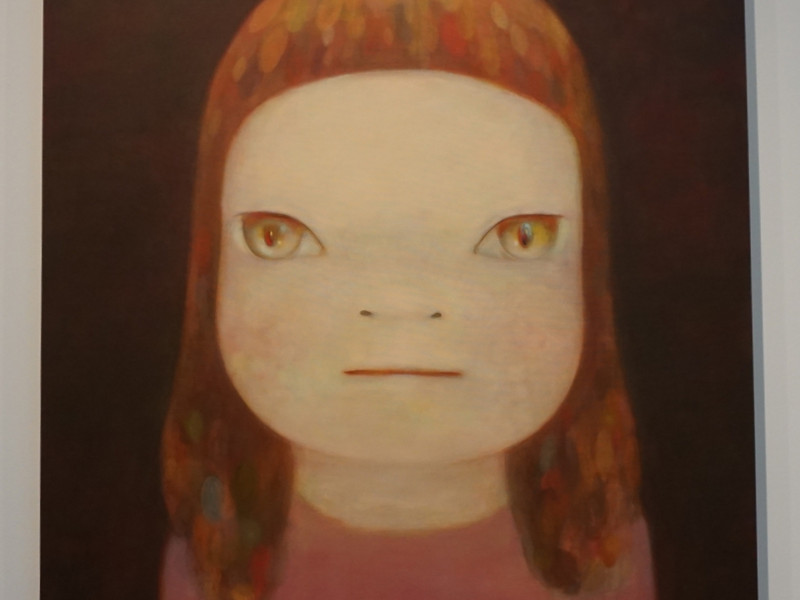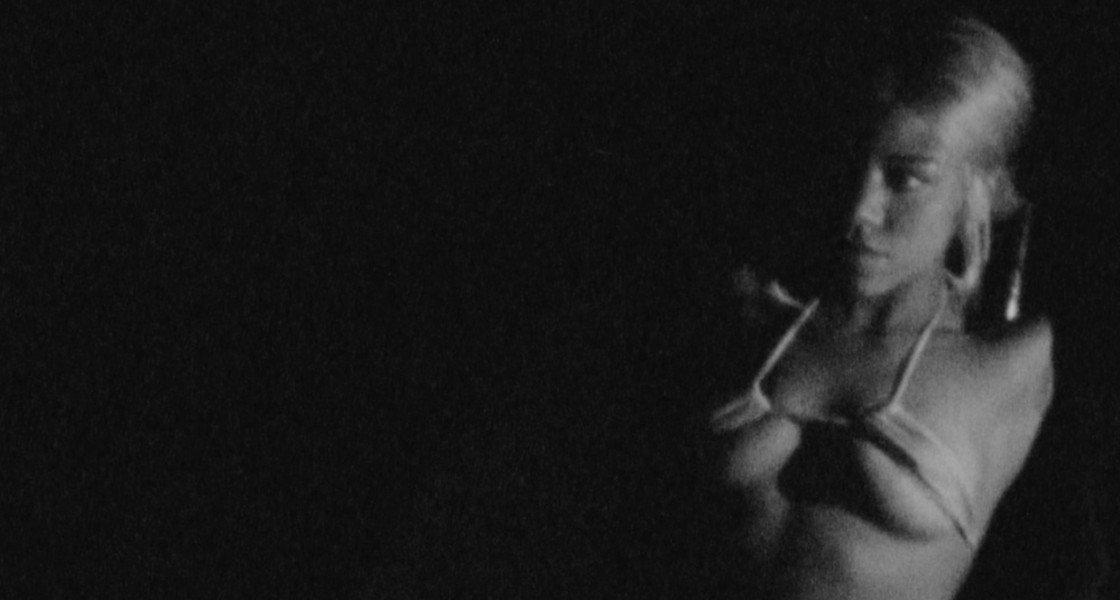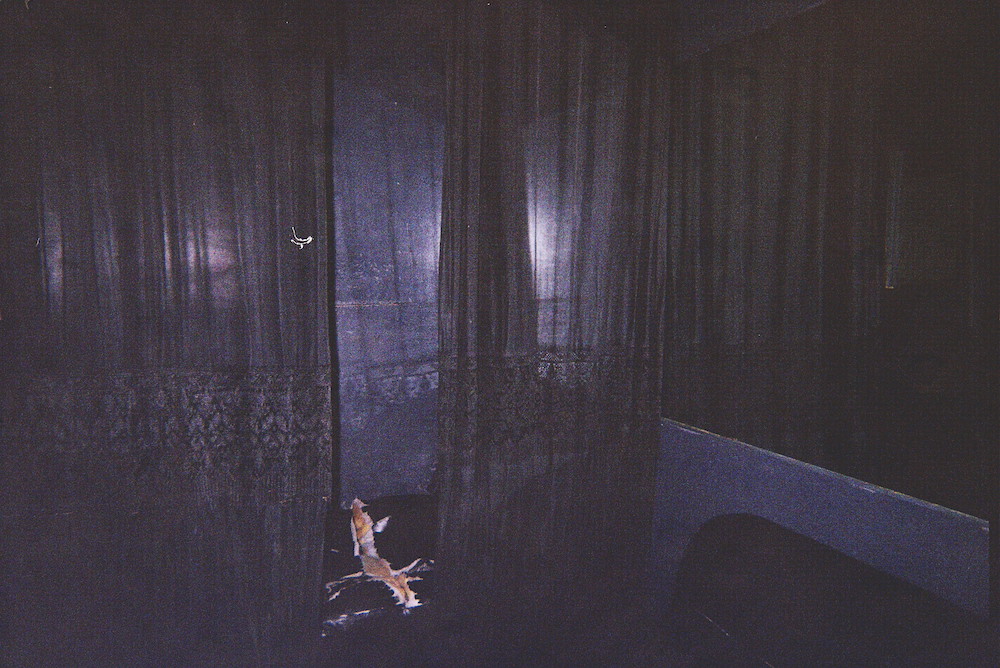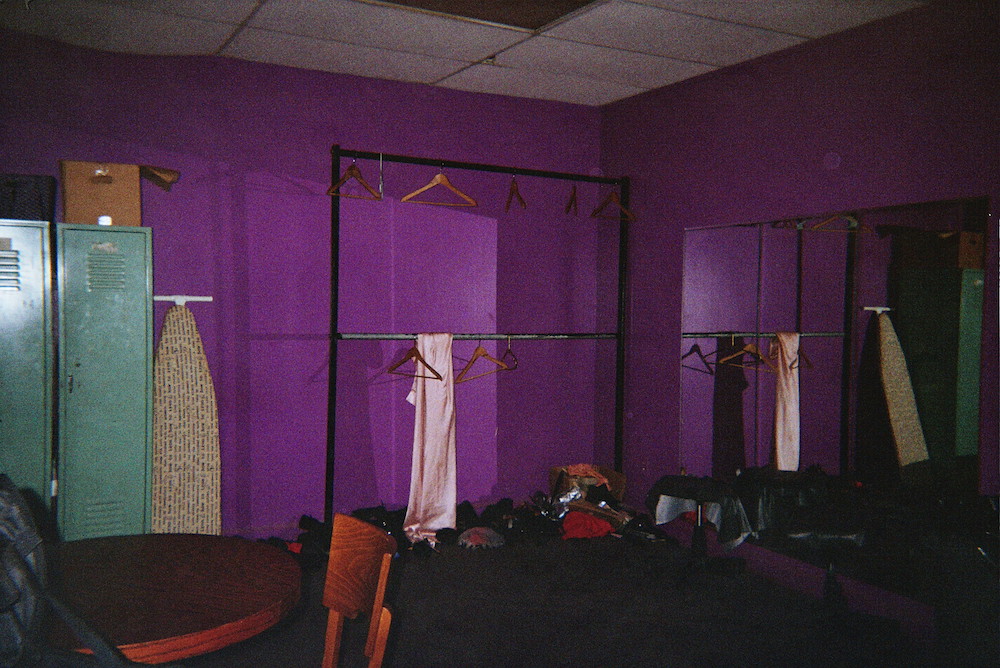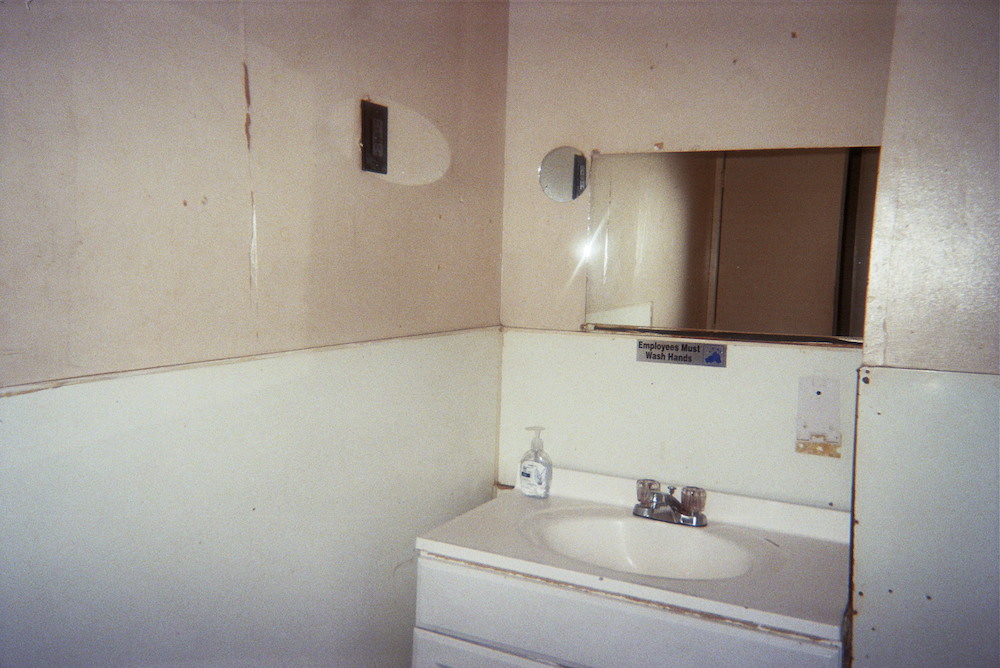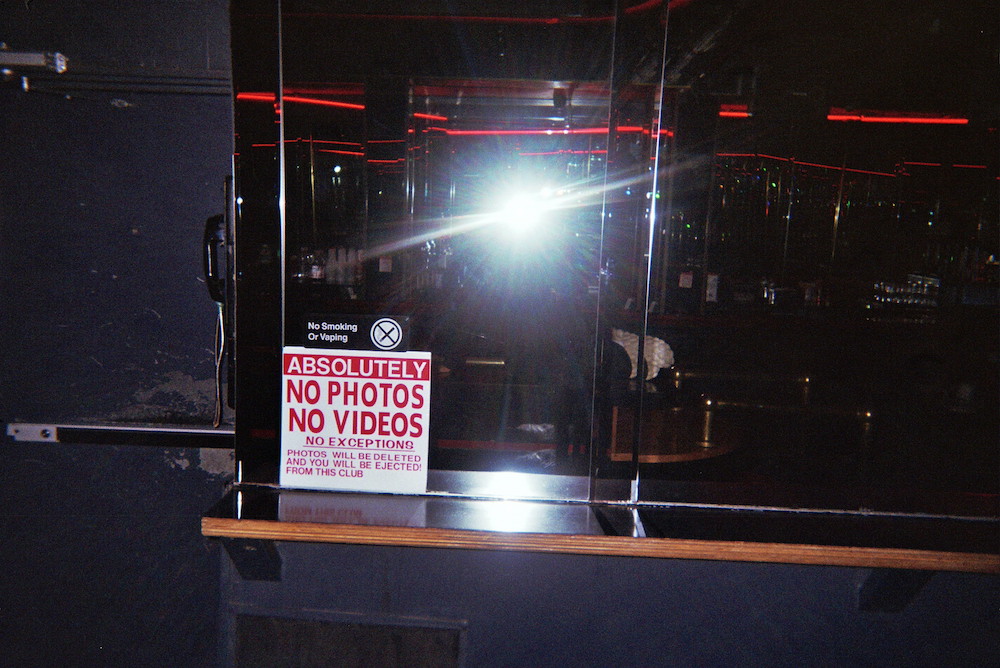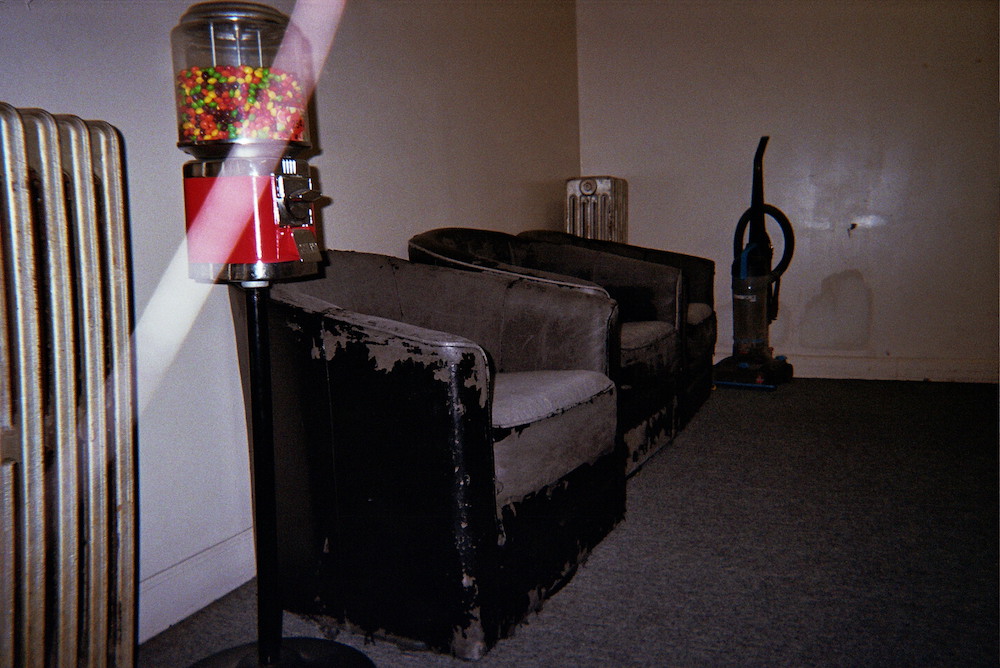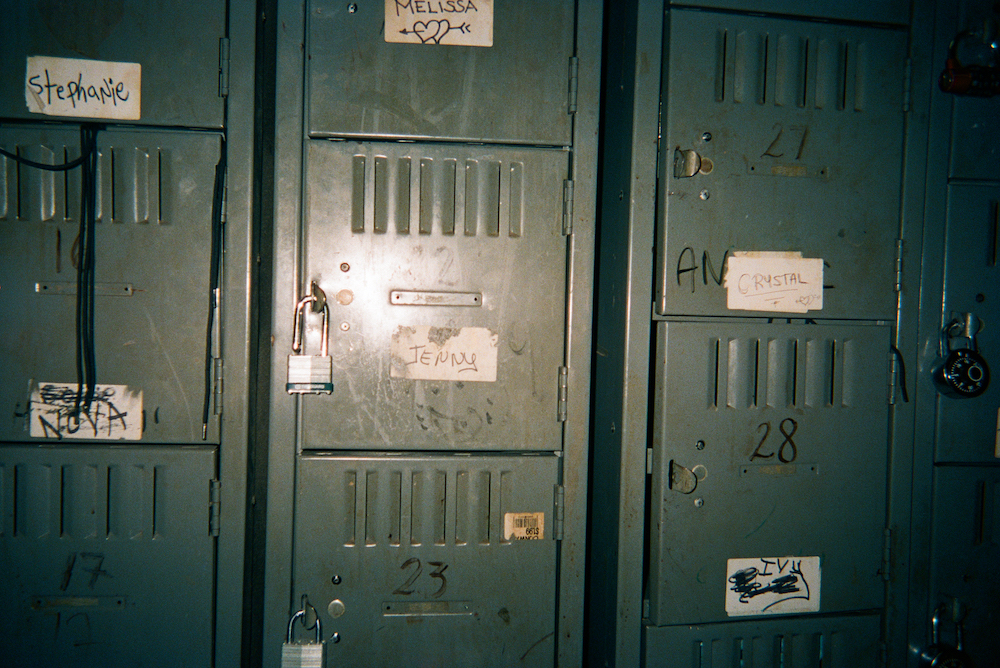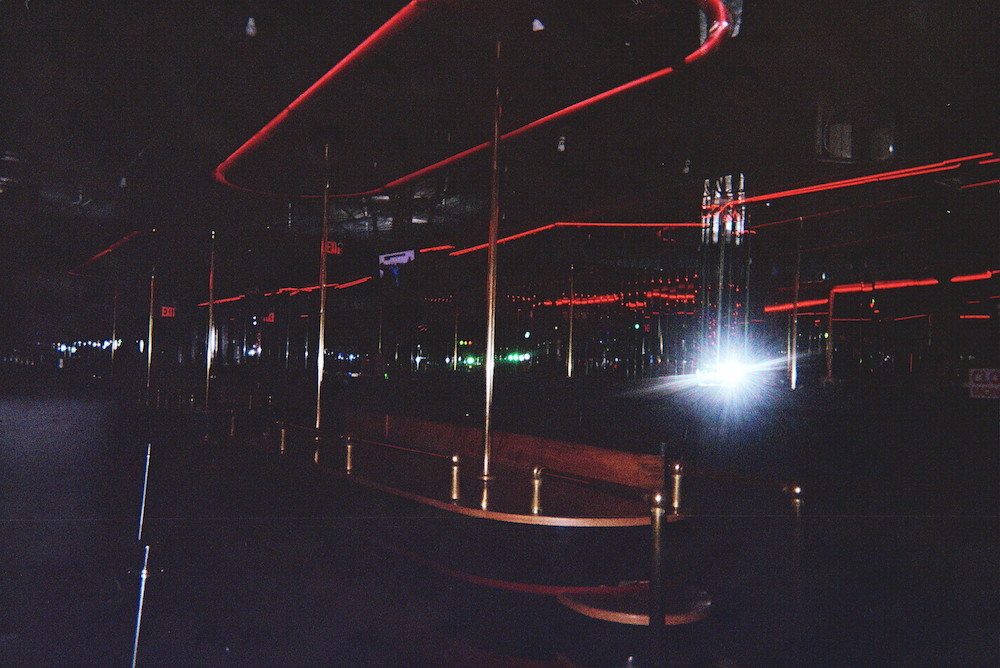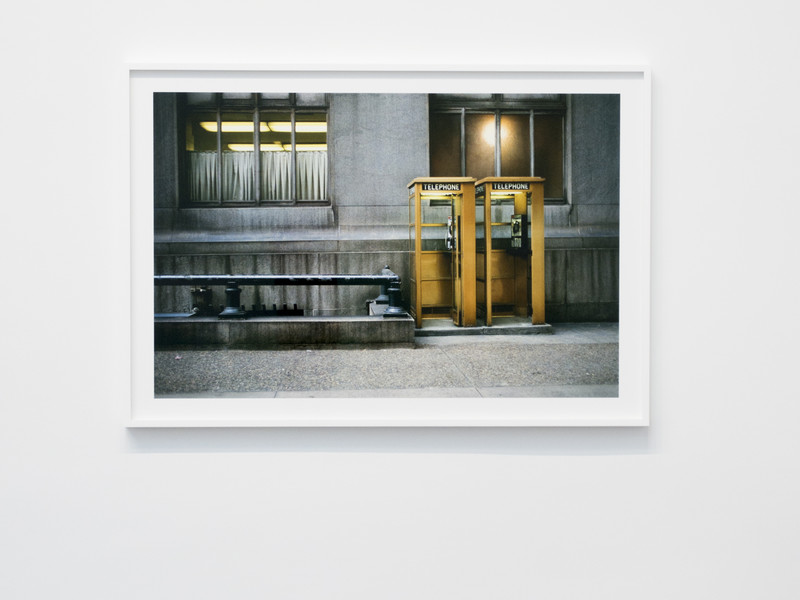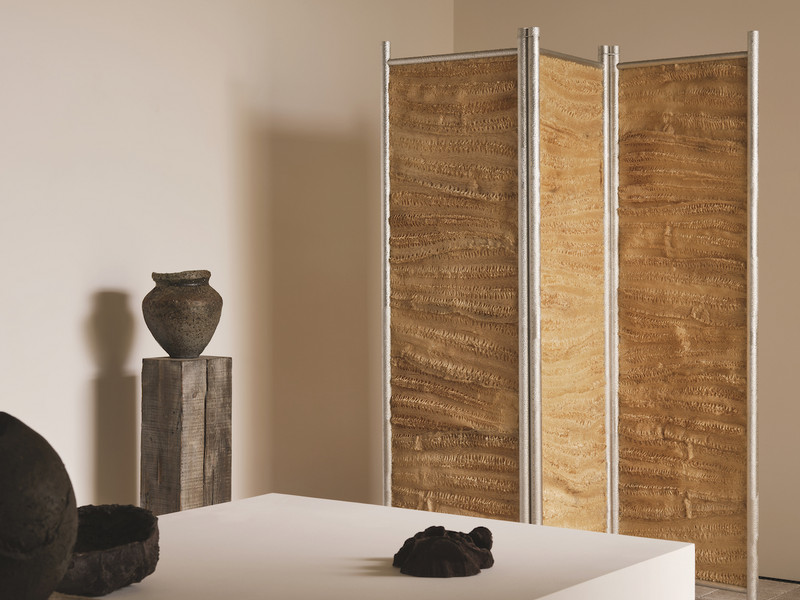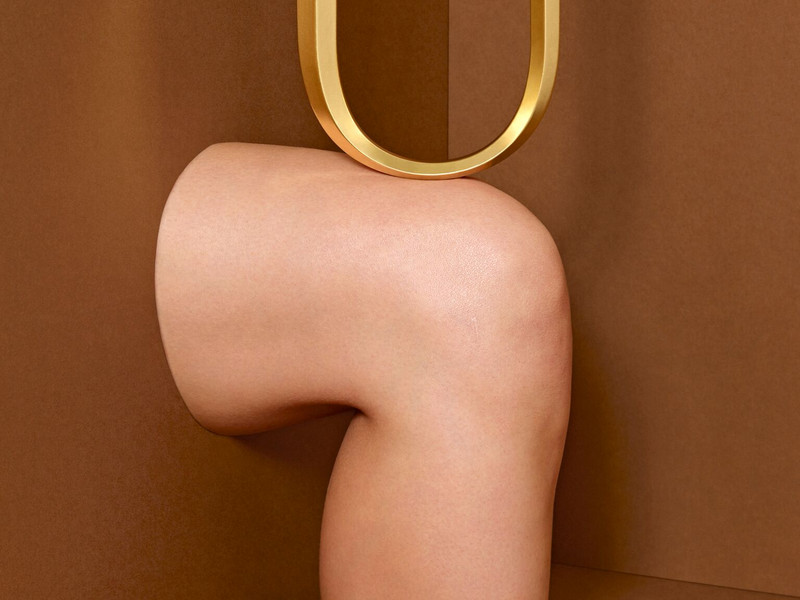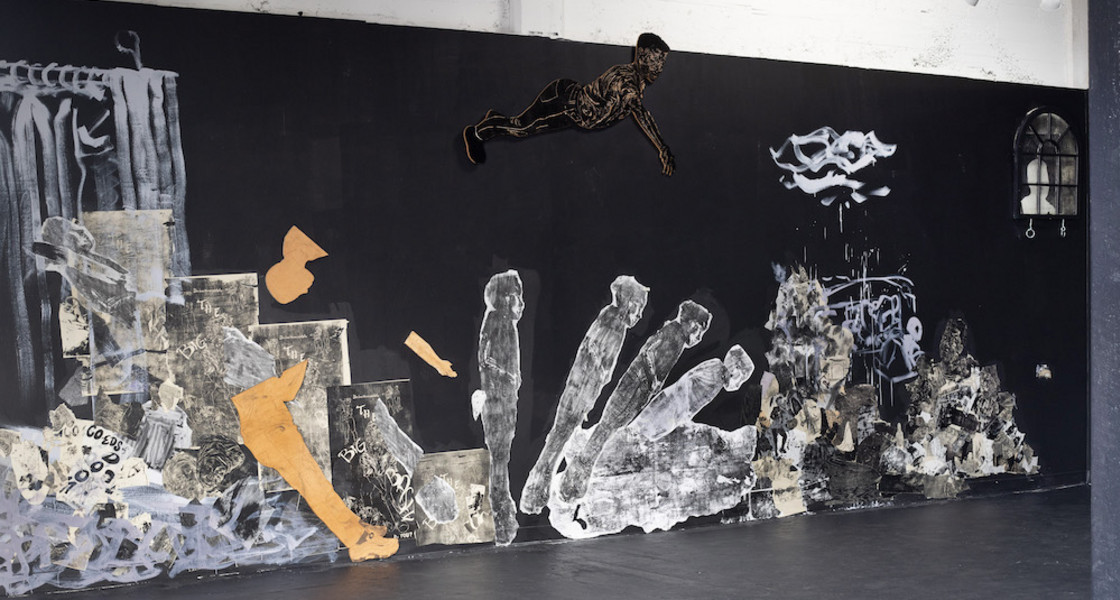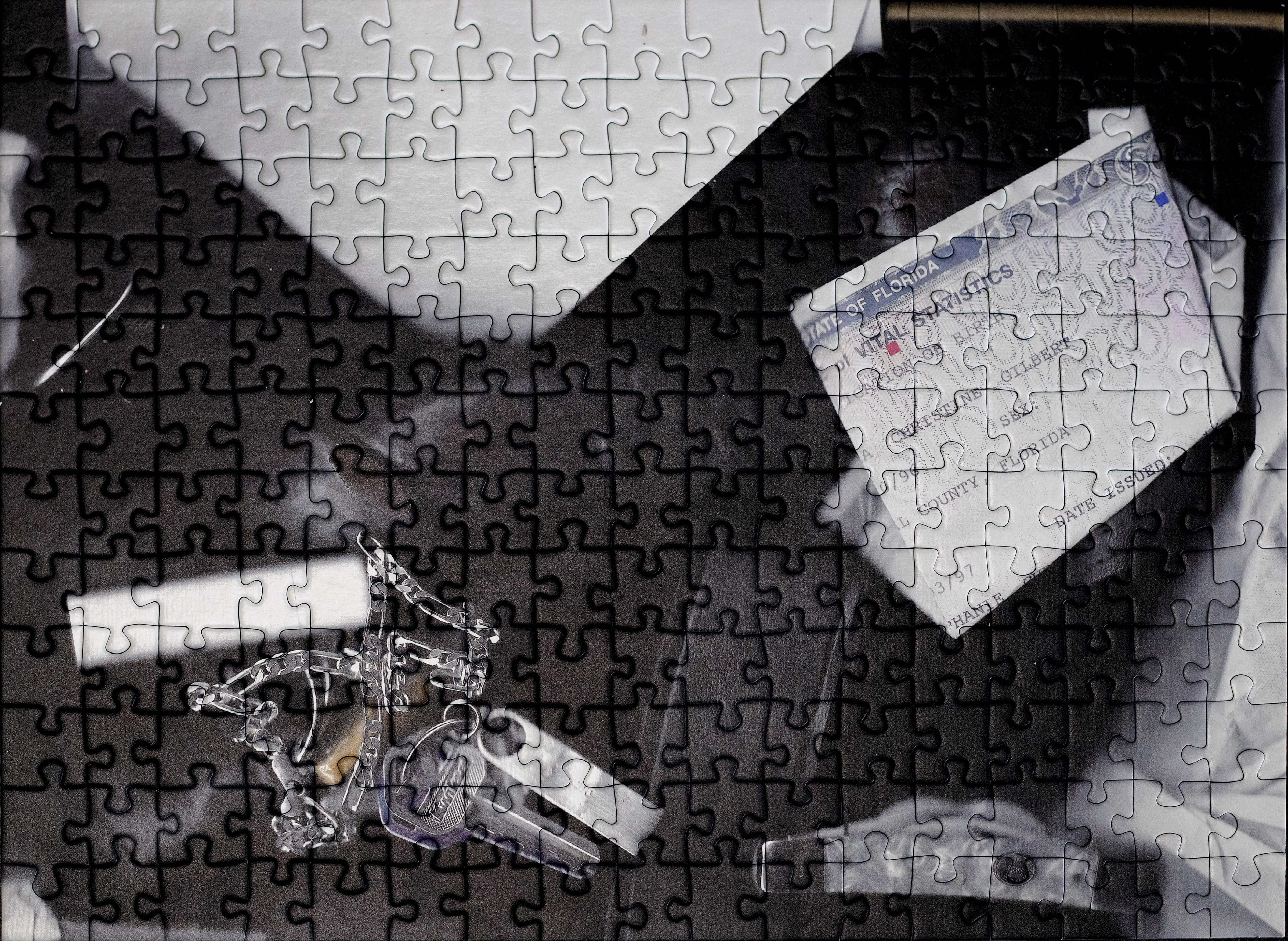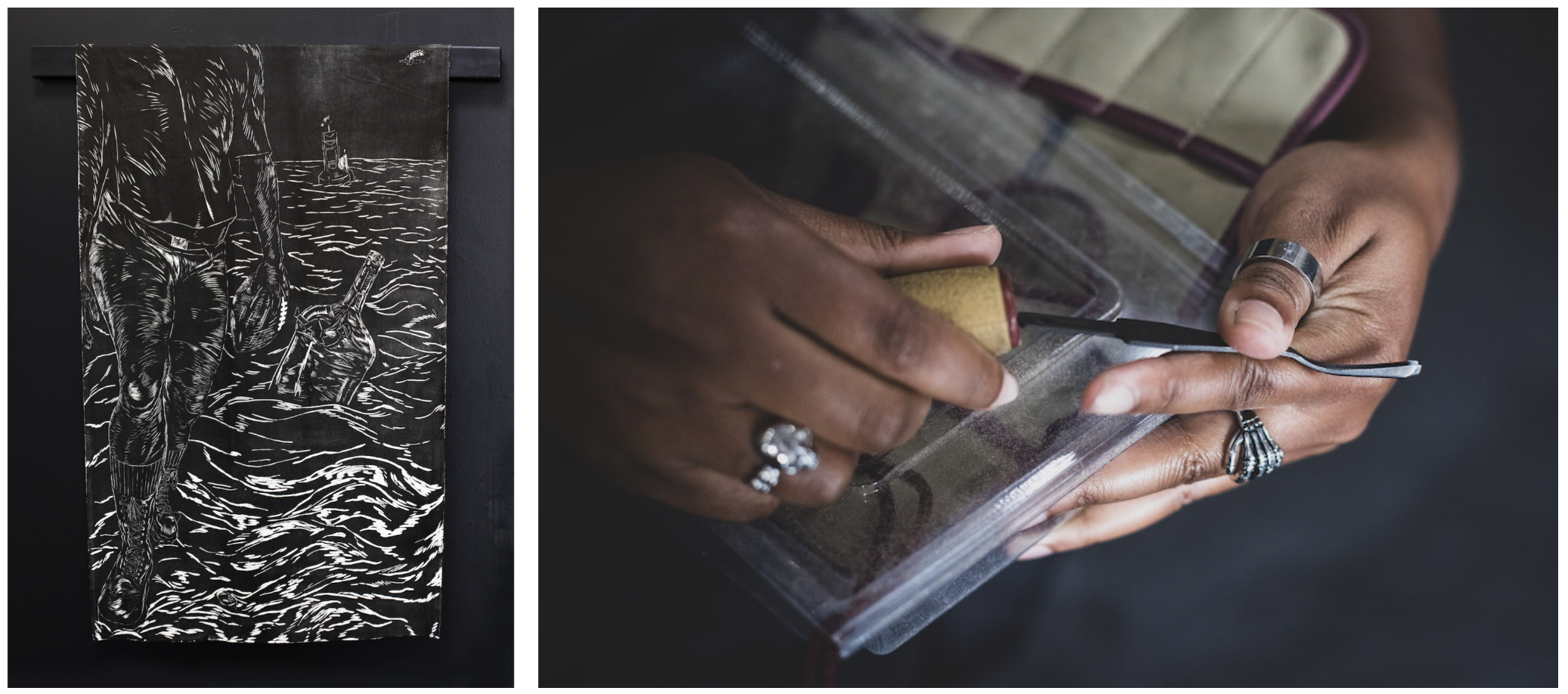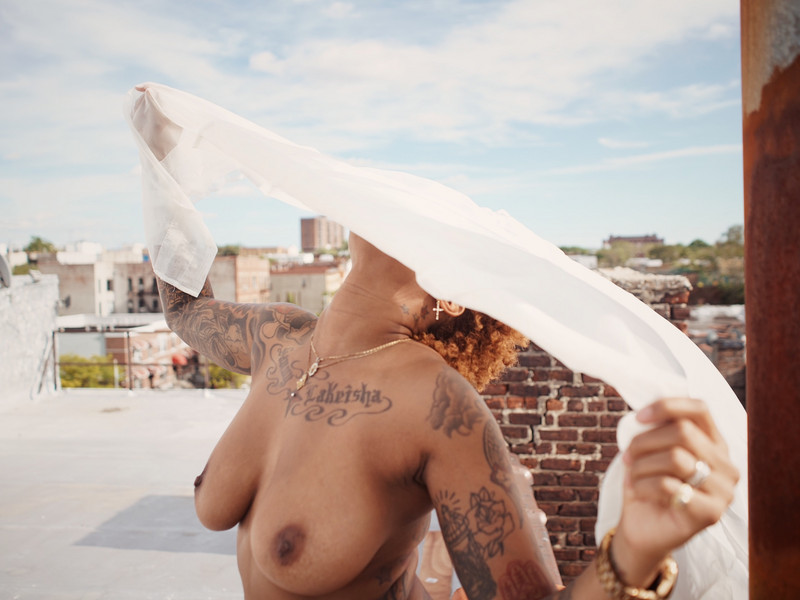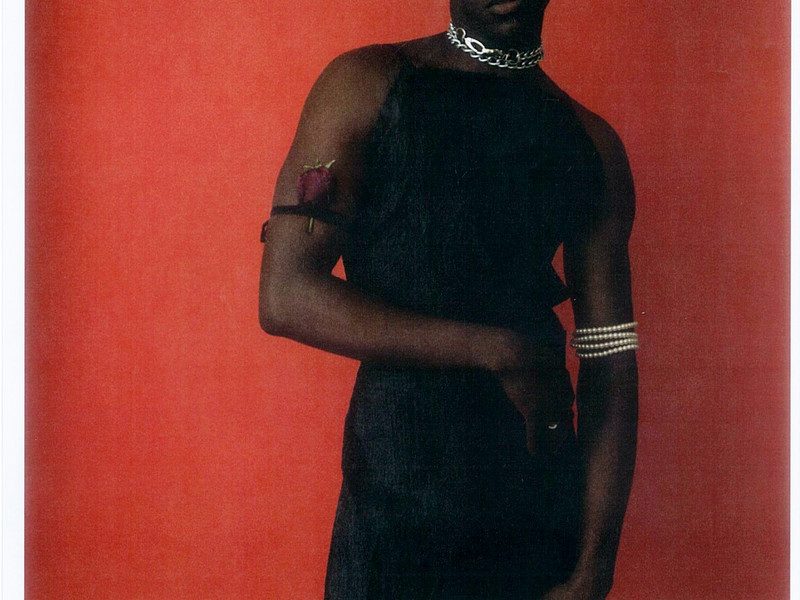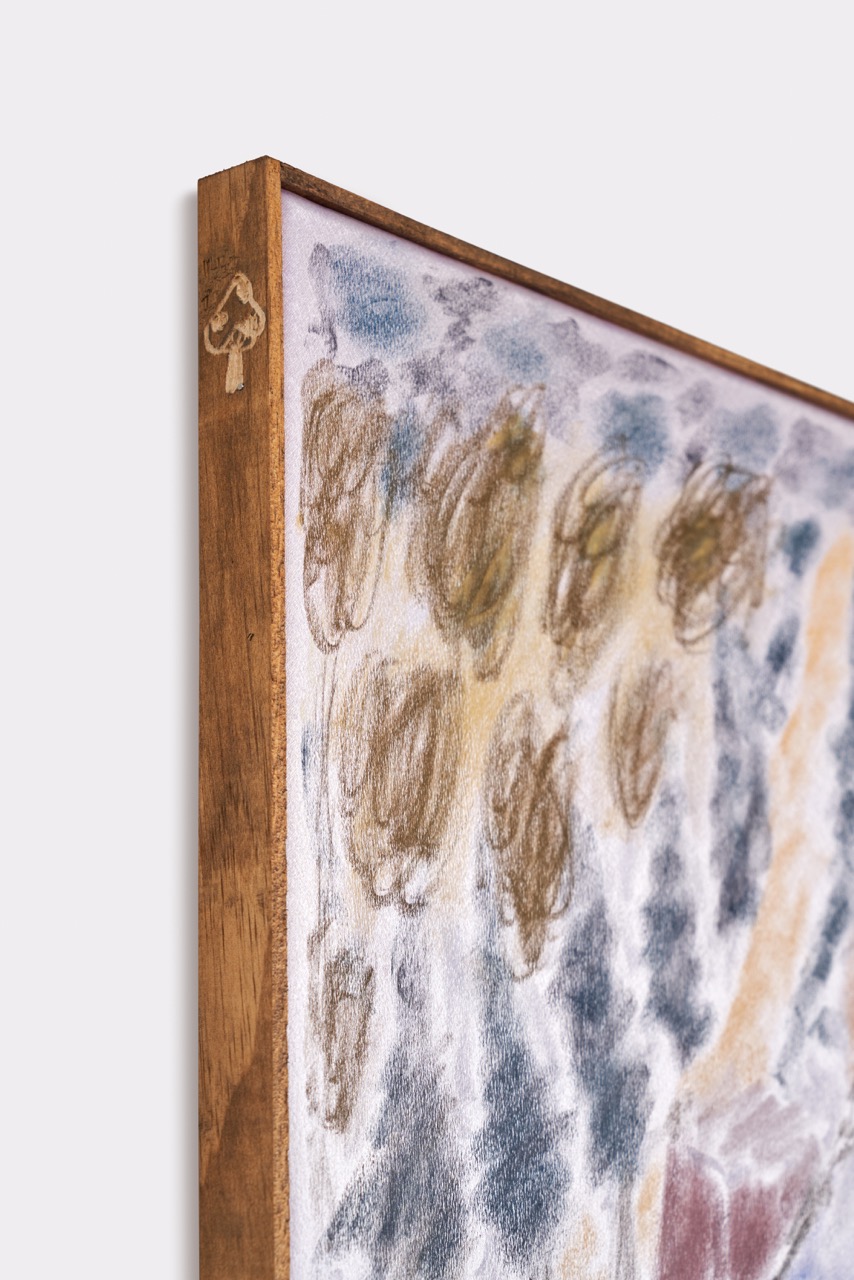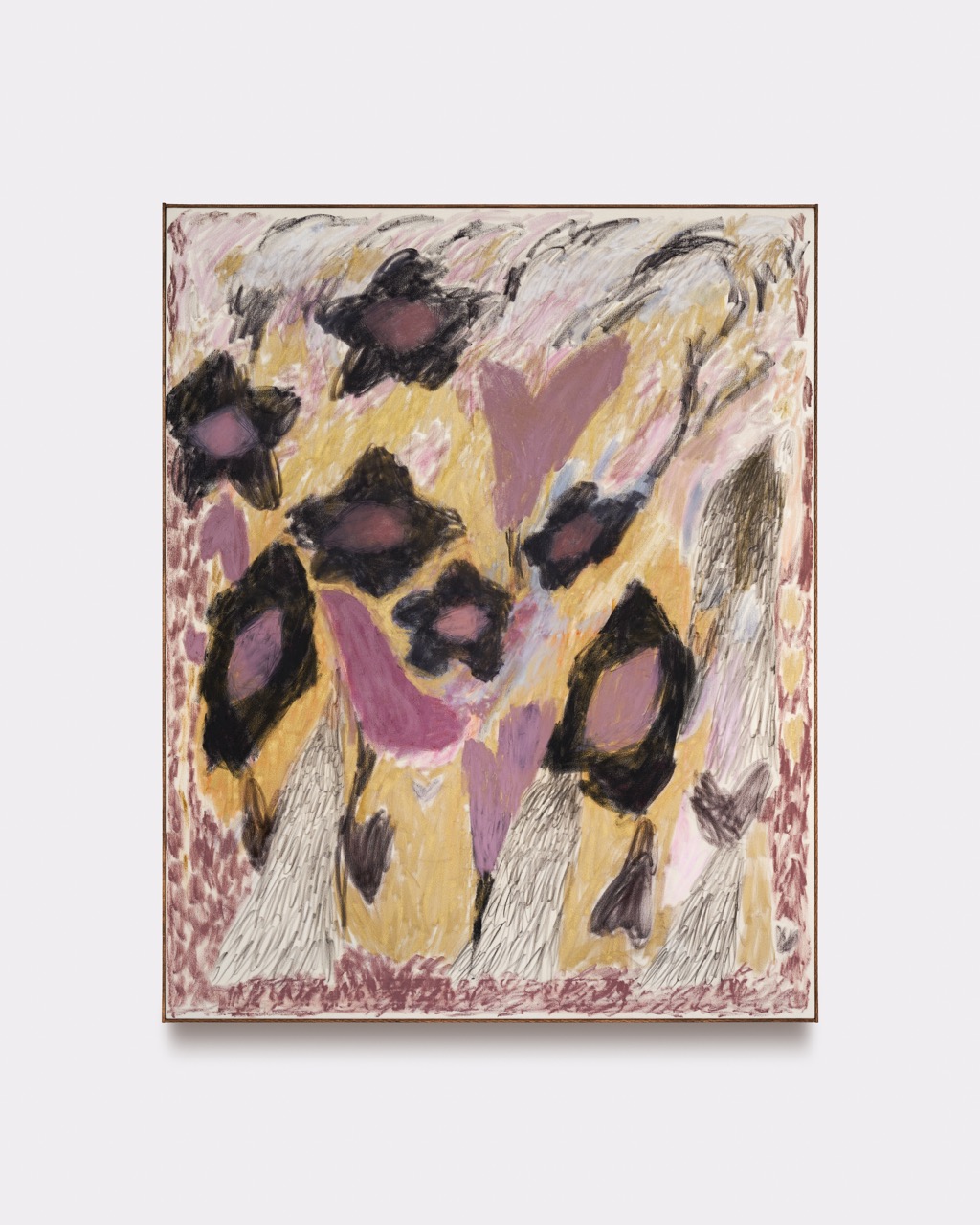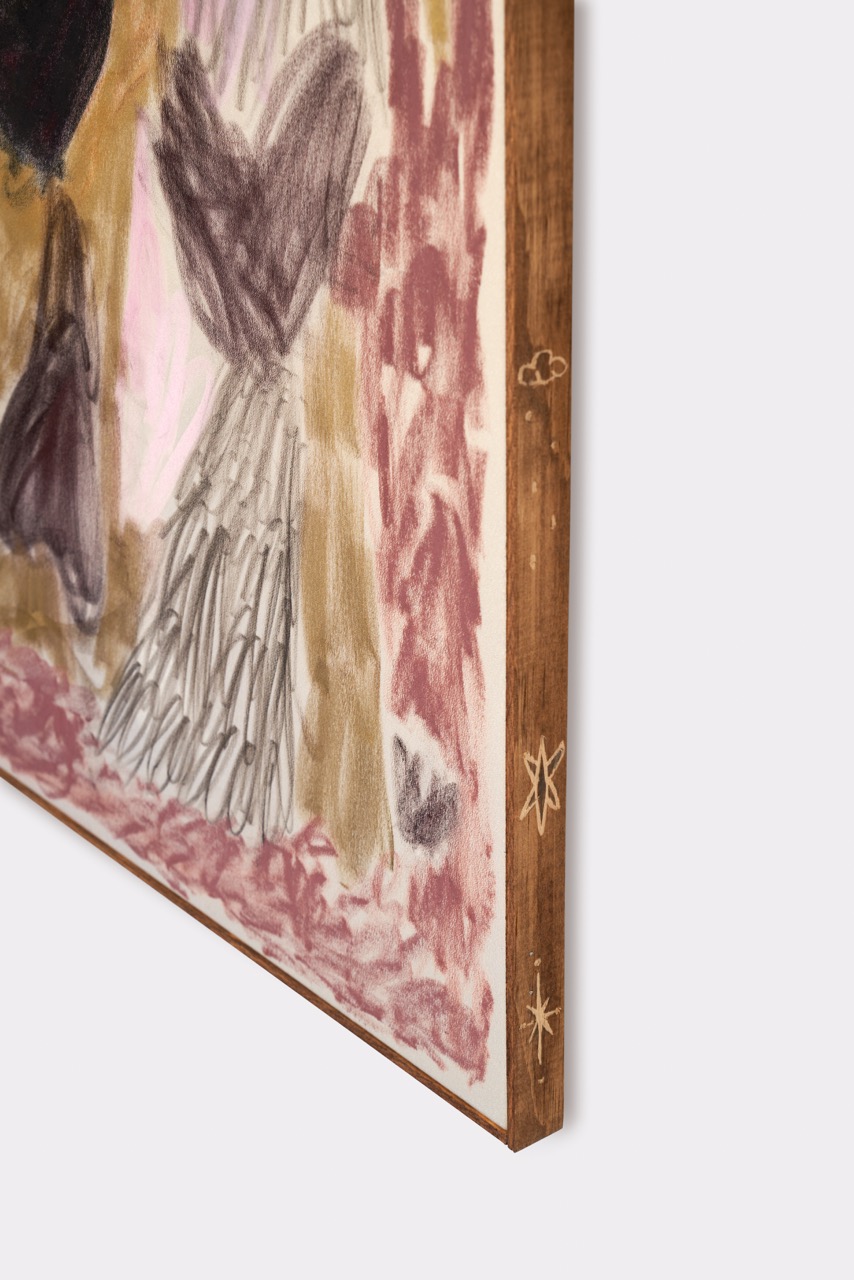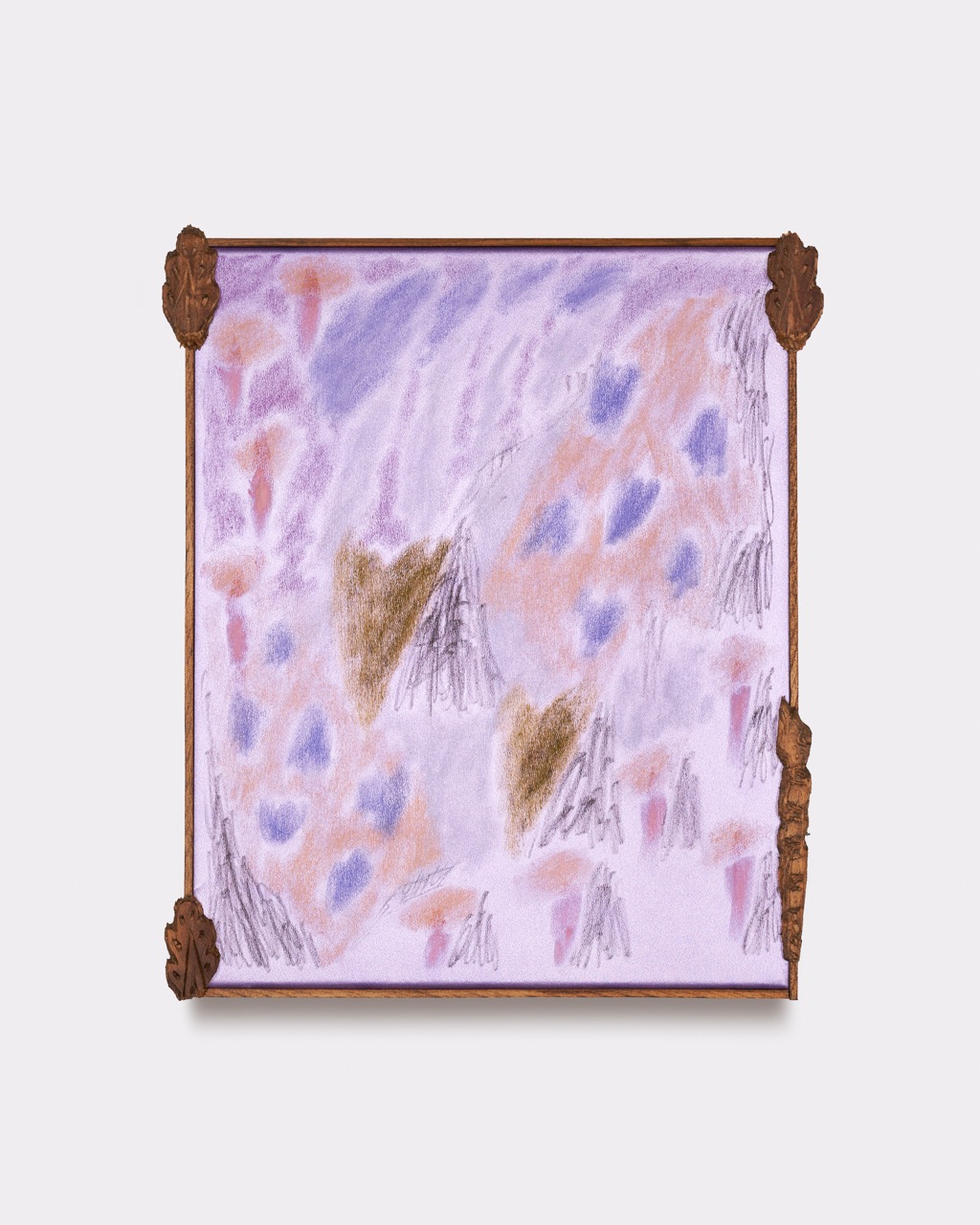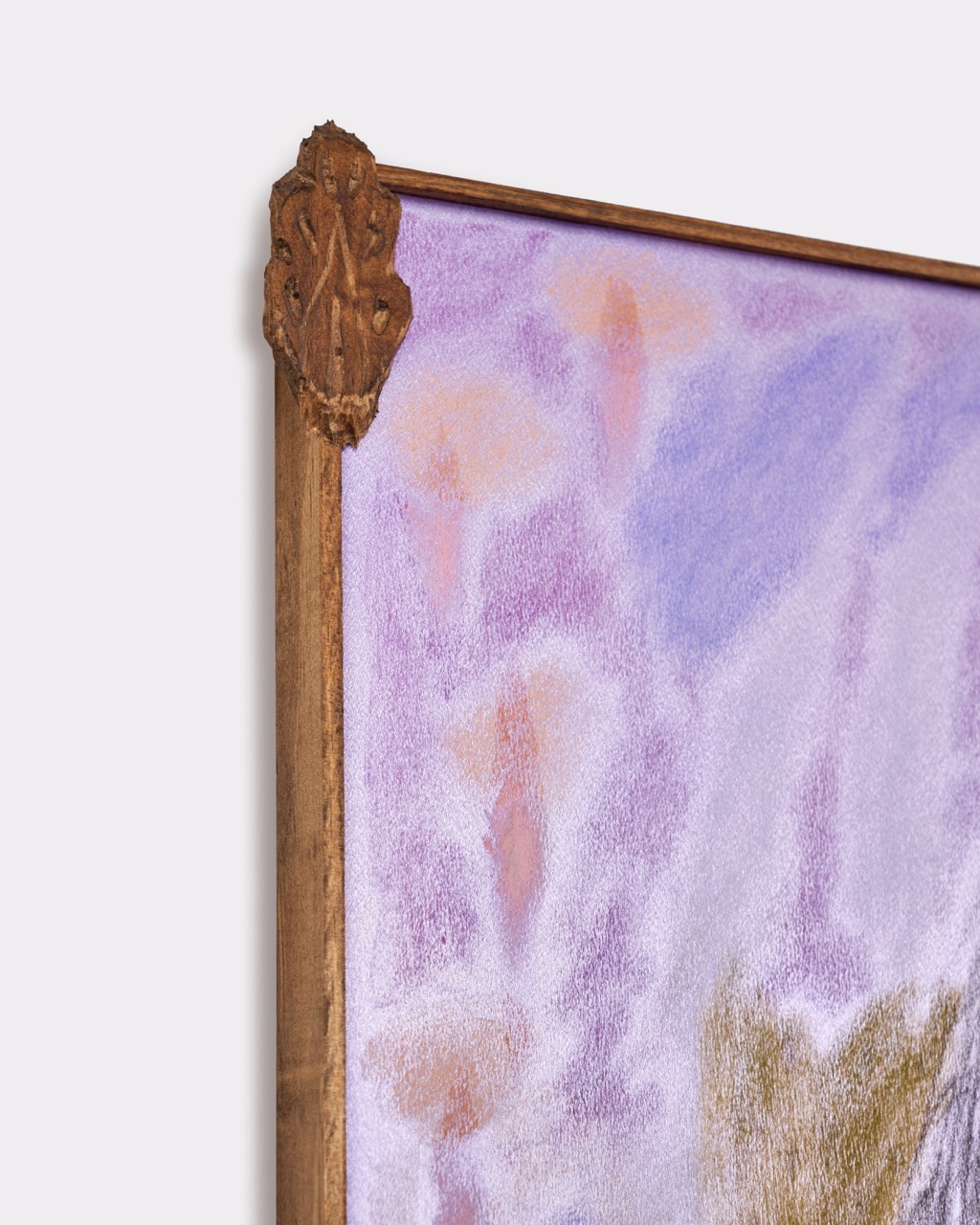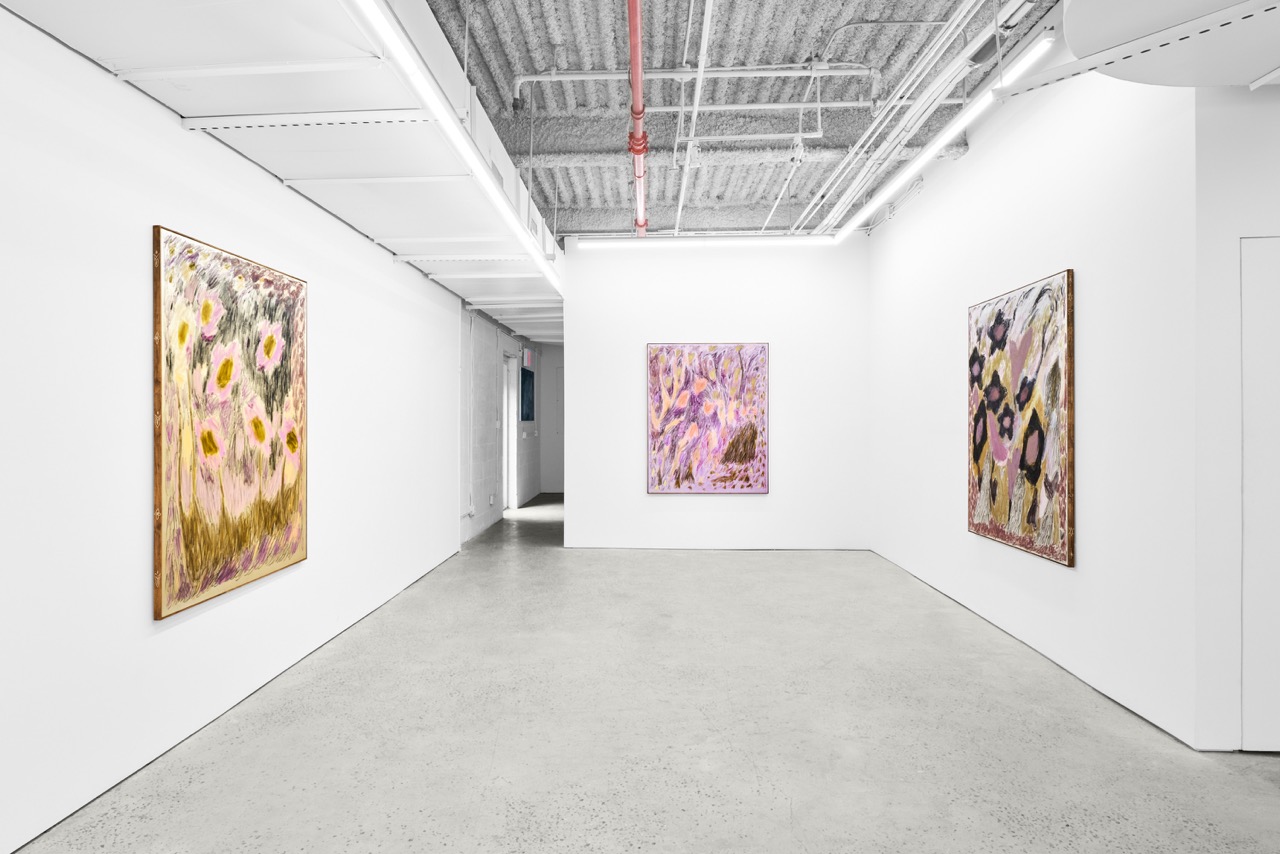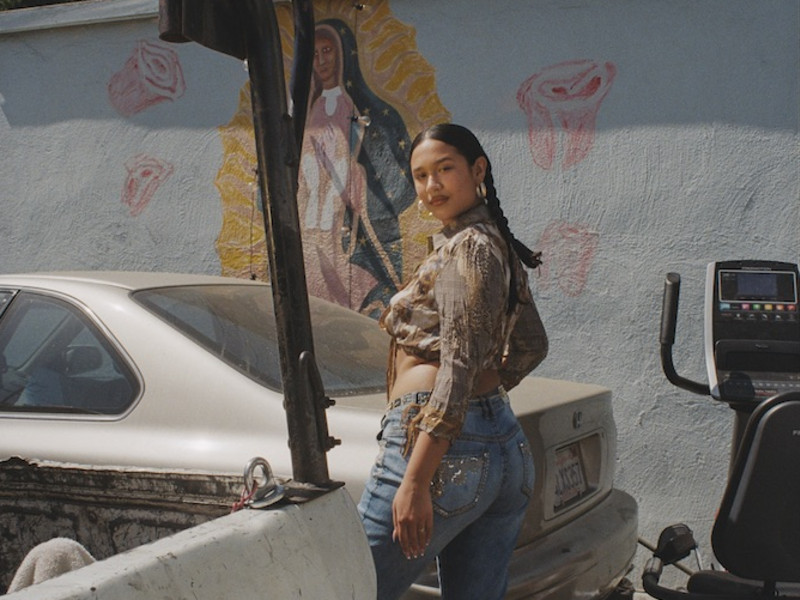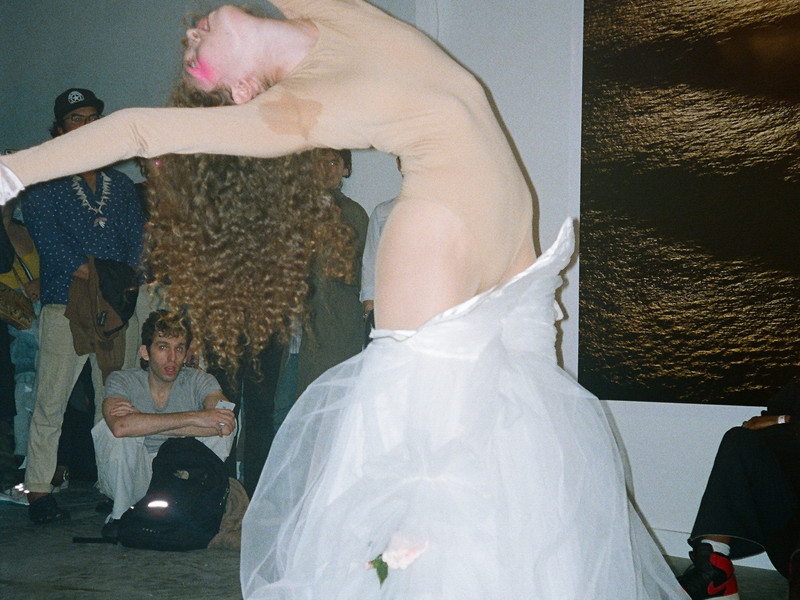You do a very specific kind of printmaking, can you say more about the kind that you do and how it differs from more popular forms of the medium?
Yeah so, I predominantly do [woodcut] relief printmaking, which is basically when you just carve into a surface. But my specific medium is woodblock prints. Because initially when I was getting into it, wood could be found in the dumpster.
I also do screen printing and lithography, but lithography needs a lot of materials and access, so I do something called kitchen lithography, which is a more experimental process where I draw with an oil based crayon on tinfoil, and then etch it with vinegar or Coca Cola, and then you can print it with oil based ink.
With [woodcut] relief printmaking, it's basically like carving a stamp, and then you roll it up with ink, run it through a press, or in the case of the larger prints I make, you have to print it by hand.
I want to dig into your relationship with queer history and how its helped you build out this current exhibit?
For this body of work, the research for it started with me learning about the history of Lorraine Hansberry's queerness and reading about A'Lelia Walker, Madam C. J. Walker's lesbian daughter. Walker was known for throwing really lavish parties and orgies that kept the queer community of the Harlem Renaissance afloat. Walker's role in history gave me a lot of the inspiration about how parties are a point of exploration in my work because the spaces she made were a cultural touchstone in the community. I wanted to make an ode to the queer party in my own work because I was also learning a lot about the lack of lesbian bars in the US. I think there's only 35 of them left in the United States. As opposed to the six billion gay bars.
Understanding that throughout history, one of the ways we've survived as a people has been because someone was cool enough to let everybody hang out at their house was important to me. There is also this push and pull of every gay person you've ever known being at the same house party. Those spaces transform and are no longer a private space, but now an intimate public space. But it's still technically private from the outside world, but in terms of your social circle those parties are the front page of the news. Then you can have even more semi-private spaces in someone's bathroom or bedroom, of the party but the tension of that kind of existing is what I’m always trying to make real in my pieces.
I really was interested in this idea of private versus public for this collection specifically for some of these works. And then also... I was thinking alot about what gets left out of history, for folks like Pauli Murray and her relationship with Eleanor Roosevelt, that history is often not recorded properly or taken seriously and I really started to understand the need for historical speculation.
I had been reading Sadiyaa Hartman’s work while making this show, whose work on critical fabulation really impacted me. Haartman's concept is basically about taking history and reimagining the narrative to be something that's realistic but still living in the gray space between history and fiction.
I wanted to get into embodiment and how it plays a role in your work? With your last show in 2022 at Prelude Pointe Gallery, your primary piece, “Shouts Out to the Hot-Mouthed Women of Babylon", was centered around the kind of private and public queer intimacy that you’ve described through this new collection.
I think, learning about the historical queer movements, specifically that there have always been factions of like people that are more conservative about public discussions of sex.
Queer community in my experience is sexual, like that's another part of that publicness, it's like every party is a cruising spot, is the other thing, and then also sometimes a cruising spot is just a cruising spot.
And not shying away from the fact that a lot of our historians and record keepers are, like, members of the leather and BDSM communities because they have tight knit communities that look out for each other. I wanted to not shy away from that and just lean into the body a little bit more through history and narrative.
What is your archiving practice and how does it show up? Because it seems really clear in your work that memory is imperative to how you curate moments of transformation.
In terms of archiving, I try to or I should say I used to not be so good about this, but I'm trying to get good photos of all my work so that at least I can have more to look back on.
I look to artists, such as Felix Gonzalez Torres, who did a lot of insulations and inspired some of my work. Torres has this window seal exhibit installation “Untitled” (Loverboy) 1989, where the wind blows through the windows and curtains but it's constantly in motion.
Because his work is mostly installations, it only really lives in photographs now since his death so that honed in the importance of photography for my non-permanent work because some of them are site specific.
For my largest piece called, The Thin, Slick Membrane Between There And Here, I really was just trying to reach a critical mass of printed ephemeral. So, if you look in all these little things, there are faces and fabrics from various aspects of my life. There's a fabric thatI got from my ex, from a shirt that's made out of belts, that's actually my grandmother's shirt and a harness. For some of these prints I tried to screenprint the texture of spit to show its importance in BDSM culture. I haven’t done it yet but I have definitely tried to screenprint lube. All of that to say Torres’ work reminds me to always archive my work because it will live differently everywhere it goes.
What kinds of literary and film inspiration helped make this body of work come together?
Yeah, I read a lot of bad pulp fiction novels from the fifties and horror movies from the seventies and eighties. I've been reading a lot of Anne Bannon books, which are canonically lesbian pulp fiction. Mary Renault was actually my introduction into these terrible lesbian pulp novels. Like no one can be gay and survive. It's one of those kill your gays kind of series but I loved it.
I love the queer horror movies, specifically in my mural piece I have odes to Carrie (1976) and The Slumber Party Massacre (1982), and the cinematic idea of the angry lesbian that hates men and doesn’t get invited to the dance and takes it out on everyone. Outside of film and reading to just get this entire collection done I listened to a lot of podcasts such as Making Gay History and The Deviant’s War. I’m also an artist with ADHD so I normally keep a 154 BPM playlist going in my studio to keep me focused.

